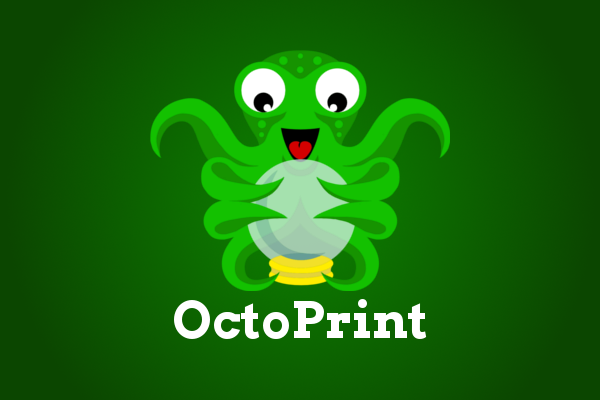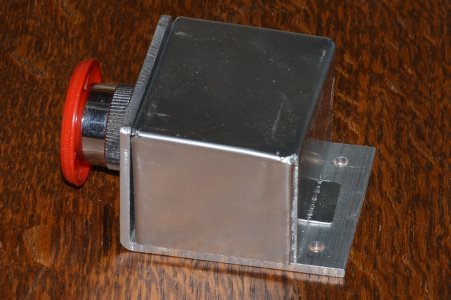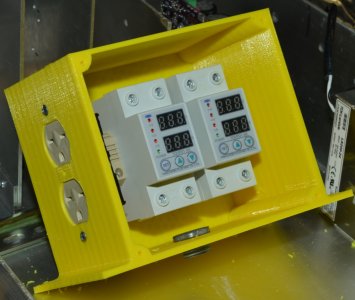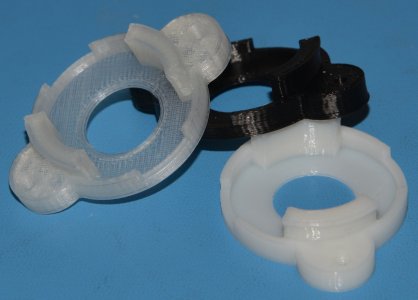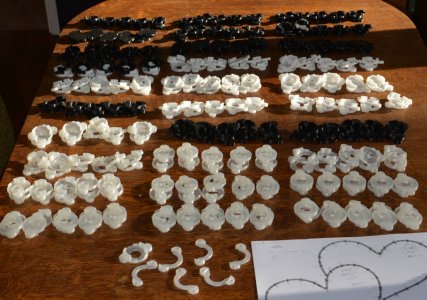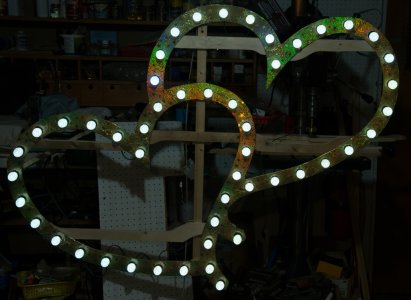It seems my eyes have caught the shiny object of 3D printing which up to now I have been studiously avoiding because it's a black hole so I have a few early on the learning curve questions to toss out there. Maybe this thread can be a catch all for what's new/hot in the game too?
Anyhow, to kick it off, some fundamentals; how much use are you making of your 3DP? Is it worth having one? Are there lots of useful little things that pop up that keep it from gathering dust?
Are these things being printed because you have a hammer and now everything looks like a nail or is it because now that you have the hammer, it opens up a whole new world of genuine uses you never imagined? Are you making things that you could pick up cheep in a trip to town but it's more fun to print them or are they things that aren't just laying on the shelf to buy? I don't see myself printing key rings.
What about materials? One of the reasons home shop 3DPs haven't caught my attention more has been the relatively flimsy prints that low end machines can make out of material like PLA (my impression). I see now that more capable machines can print ABS, PETG and ASA which are more structural grades, is the print cohesion anywhere the strength of the base material or do the layers separate? I also see the ability to 3DP Thermo-Plastic Elastomers (TPEs) which is very interesting for custom weatherproofing things.
For more capable machines that can print the more structural grades and TPEs, does anyone have any insight into what machines are well regarded in the market?
I feel the pull of a black hole in the distance...........
D
Anyhow, to kick it off, some fundamentals; how much use are you making of your 3DP? Is it worth having one? Are there lots of useful little things that pop up that keep it from gathering dust?
Are these things being printed because you have a hammer and now everything looks like a nail or is it because now that you have the hammer, it opens up a whole new world of genuine uses you never imagined? Are you making things that you could pick up cheep in a trip to town but it's more fun to print them or are they things that aren't just laying on the shelf to buy? I don't see myself printing key rings.
What about materials? One of the reasons home shop 3DPs haven't caught my attention more has been the relatively flimsy prints that low end machines can make out of material like PLA (my impression). I see now that more capable machines can print ABS, PETG and ASA which are more structural grades, is the print cohesion anywhere the strength of the base material or do the layers separate? I also see the ability to 3DP Thermo-Plastic Elastomers (TPEs) which is very interesting for custom weatherproofing things.
For more capable machines that can print the more structural grades and TPEs, does anyone have any insight into what machines are well regarded in the market?
I feel the pull of a black hole in the distance...........
D

